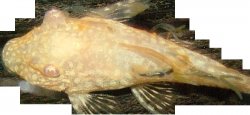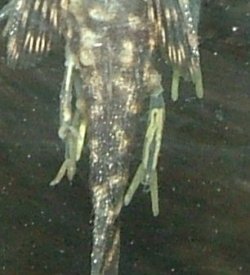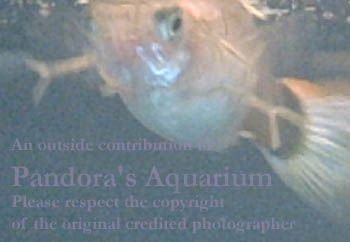paulbr1
Fish Crazy
 Hi, hope somebody can help. I recently upgraded my tank so now I have two tanks.
Hi, hope somebody can help. I recently upgraded my tank so now I have two tanks.All of the levels are ok in the tank - the issue I have is what a group of guppies brought to the party.
I have a few books and they conflict in the description.
My plec couple had two sets of fry, the first now 25-30mm - the second lot have gone the journey.
I have attached a pic of one plecs - a pinky as you can see the critter better, I am about half way through medication for Gill and Body Flukes (Waterlife Sterazin) I have also purchased their Parazin Treatment which is for lice and anchor worm.
What I really need is confirmation of what the critter is as I am losing one per day!
Please help.


 /images.google.be/images?hl=nl&q...sa=N&tab=wi"]http
/images.google.be/images?hl=nl&q...sa=N&tab=wi"]http


